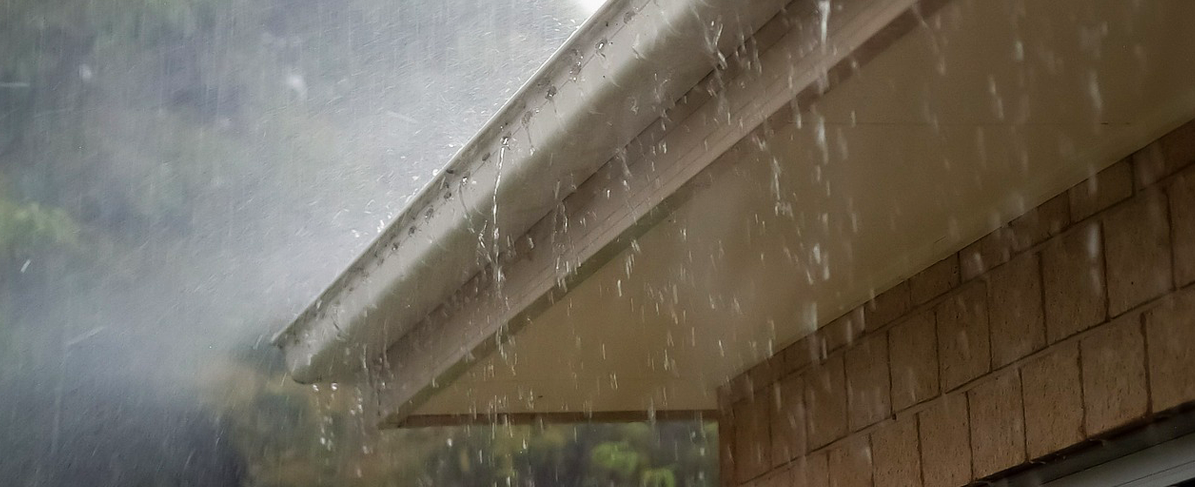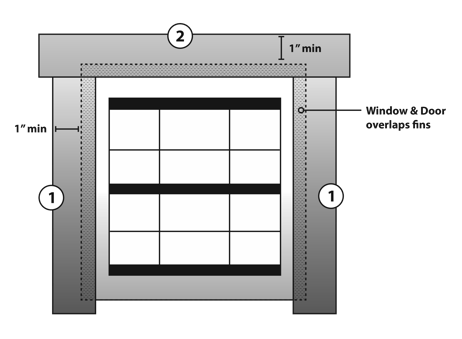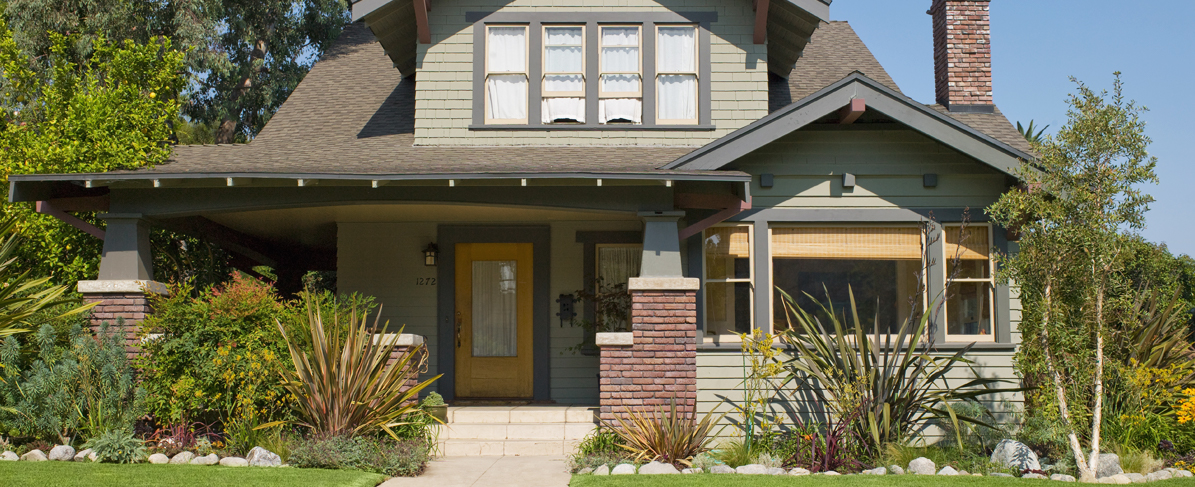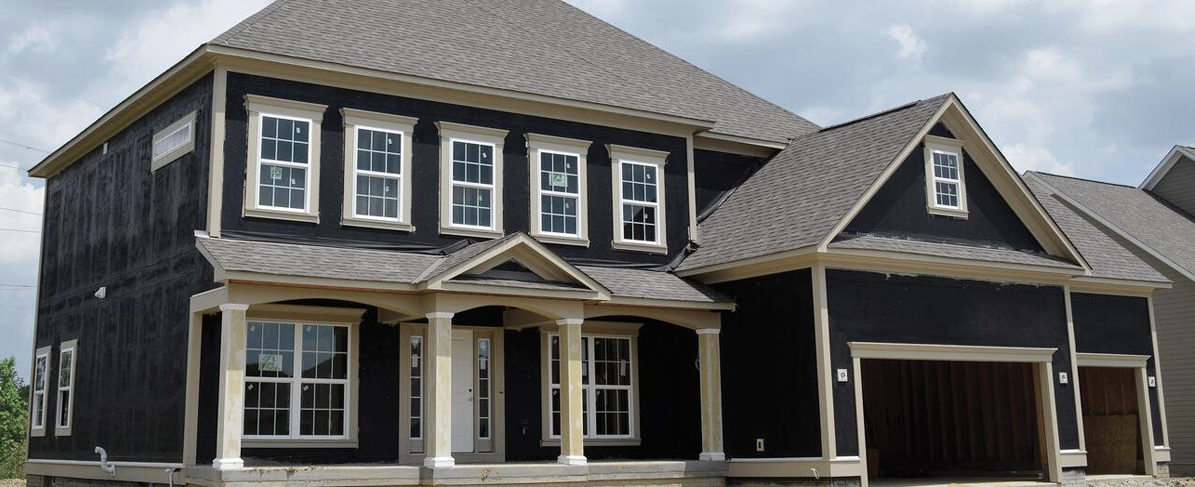When it comes to creating a leak-free home, builders and owners everywhere can agree that moisture is the enemy. And when moisture concerns are not addressed, the consequences can be devastating.
Thankfully, the fix is quite simple. Using a systemized approach along with high-quality building materials and smart building practices, builders can all but eliminate this anxiety-ridden concern and any unexpected costs.
Stop Moisture from Getting In
Moisture intrusion comes in three forms: liquid water (rain water and groundwater), air transport (moisture-laden air leaks) and vapor diffusion (the ability of moisture vapor to pass through the wall surface without air leakage).
Because water is inherently lazy, it follows the path of least resistance. Shedding liquid water from an exterior surface requires an uninterrupted downward and outward path for the water. You can use this to your advantage for better drainage and building protection:
- Properly shingle penetrations, windows and doors and use quality weather-resistant barriers above grade to ensure that water cannot get to the unprotected sheathing system and ultimately, into the home.
- Slope the landscaping away from the top of the foundation wall to prevent water from puddling at one of the most susceptible sections of the wall.
- Install functioning drainage systems around the footer of the basement foundation to move water out and away from the home.
- Insulate the exterior of the foundation walls below grade with high-density fiberglass insulation to provide for additional drainage, to serve as a thermal break between the cool soil and the warmer interior, and to reduce or eliminate condensation on the interior walls.
- Finally, protect the foundation wall with a code-tested and approved waterproofing membrane to prevent water from seeping into the basement.
Moisture doesn’t just enter the home through liquid water. Air leaks carry significant water vapor. By preventing air leaks, you receive multiple moisture-reduction related benefits:
- Reduced energy used to condition air due to reduced air changes
- Less moisture into and out of the structure, creating a more comfortable, and less humid space for occupants
- Improved performance of other systems, like insulation and HVAC
- And because homeowners are dry and comfortable, the likelihood of costly callbacks is decreased
In fact, by reducing air leaks, you can meet your specific energy-use goals more cost-effectively than by any other means.
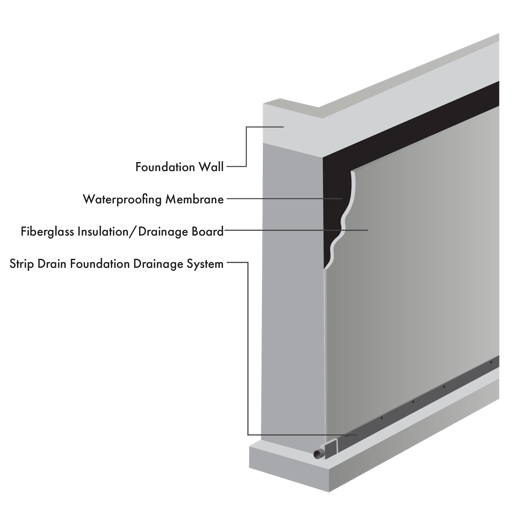
Allow Trapped Moisture to Escape
Despite our best efforts, sometimes moisture gets in and when that happens, we need to give it a way to escape. Properly functioning drainage systems and sump pumps will effortlessly whisk water away from the foundation of the home taking care of damaging liquid water.
Permeable weather-resistant barriers can protect the above grade sheathing while allowing water vapor diffusion to dry out the wall. How does the permeability of a membrane allow moisture to escape? During seasons of high humidity (<80% RH) a single wall cavity can absorb up to 6 cups of water.
It is essential to let water vapor escape and dry to the interior or exterior space depending on the seasonal airflow. Install a vapor-permeable material instead of a vapor-retarder or a vapor barrier and avoid the use of a double vapor barrier to ensure drying in at least one direction.
Because wall cavities have so much water absorption potential, allowing for drying via a permeable weather-resistant membrane is ideal. Furthermore, a liquid applied weather resistant barrier will reduce wetting potential through uncontrolled airflow.
Learn more about air infiltration changes, R-Values and how enclosures are impacted by watching this video:
